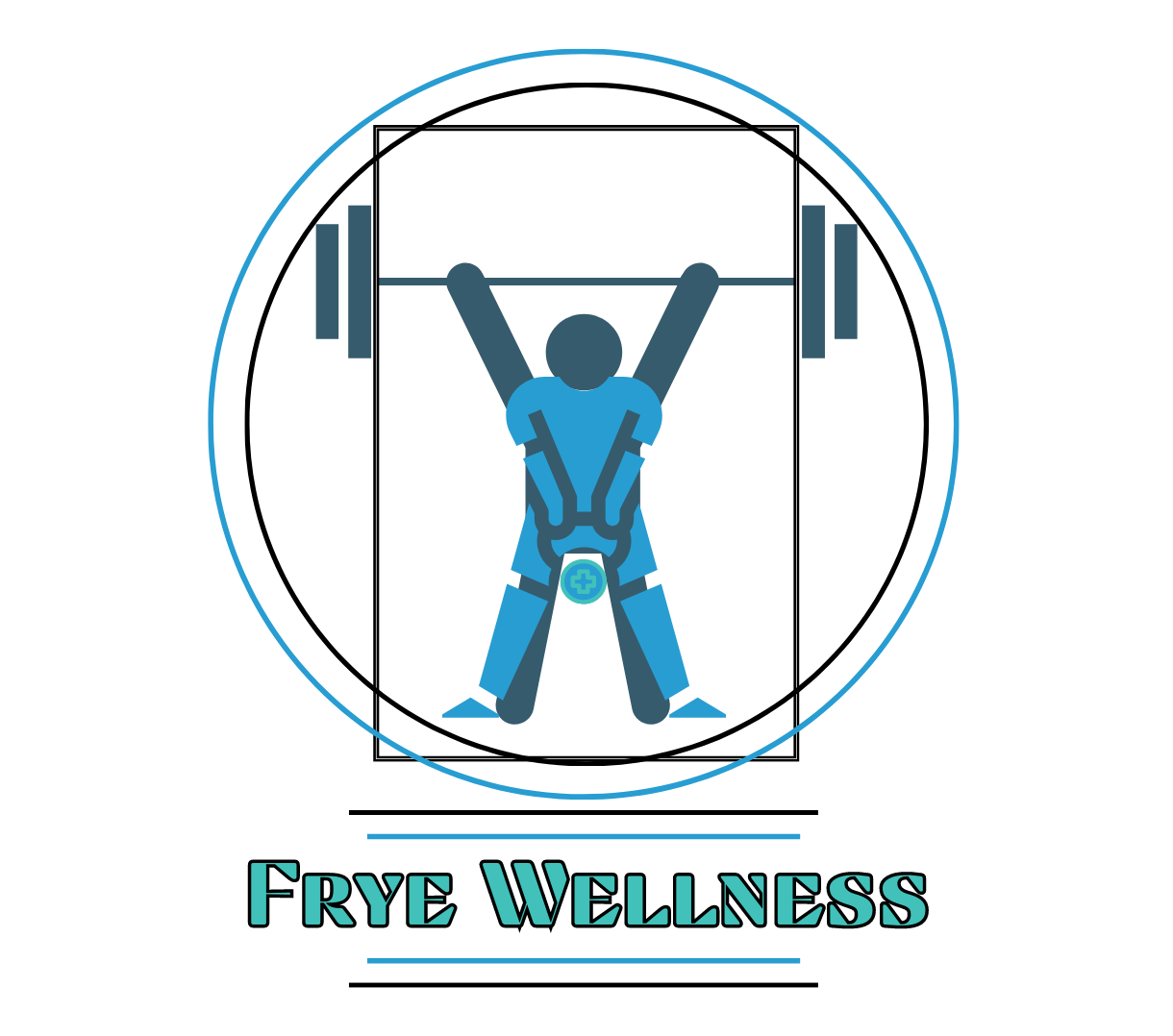The term "core" has been getting a lot of play recently but do you know what your "core" actually is? Planks and mountain climbers are great movements to strengthen your midsection but that is just the beginning. Your diaphragm is the muscle that is responsible for breathing and it is vital to your ability to brace your midsection appropriately during activity, unfortunately many of us do not understand what this proper bracing feels like. The diaphragm forms the top of the "core box" and works with the internal and external obliques, quadratus lumborum, pelvic floor, and transverse abdominus to create tension throughout the trunk. Much like a box needs a strong and secure top, your core musculature needs the diaphragm to have good tone to brace effectively. A good test to see if you are able to activate your diaphragm while bracing your midsection is to lie on your back with knees bent and feet flat on the floor, tighten your belly and push your lower back into the floor. Then see if you can blow up a balloon without arching your lower back. Could you do it? If not, then you need to work on activating your diaphragm while keeping your back flat and secure. Here is a great routine to get you started:
- Lie on your back with knees bent and arms overhead, tighten your belly making sure to flatten your lower back into the floor.
- Without arching your back, lift your legs off the ground so that both your hips and knees are at 90 degrees.
- Hold for 30 seconds and then return your feet to the ground. Repeat 10 times.
Once you are able to maintain your lower back position for all 10 reps, then you can start incorporating breathing exercises by getting into the same position and blowing up a balloon 10 times. If done properly, you should feel your midsection working to stabilize and brace your spine. You can progress by standing up against a wall and going through the same steps, this will help to establish a braced position while weight bearing and will translate into incorporating your entire "core" musculature when on your feet. Doing this simple routine 2-3 times a week is a great start to a stronger, more toned midsection and can also help alleviate lower back pain, not to mention improved performance in and out of the gym! Feel free to post any questions in the comments.

